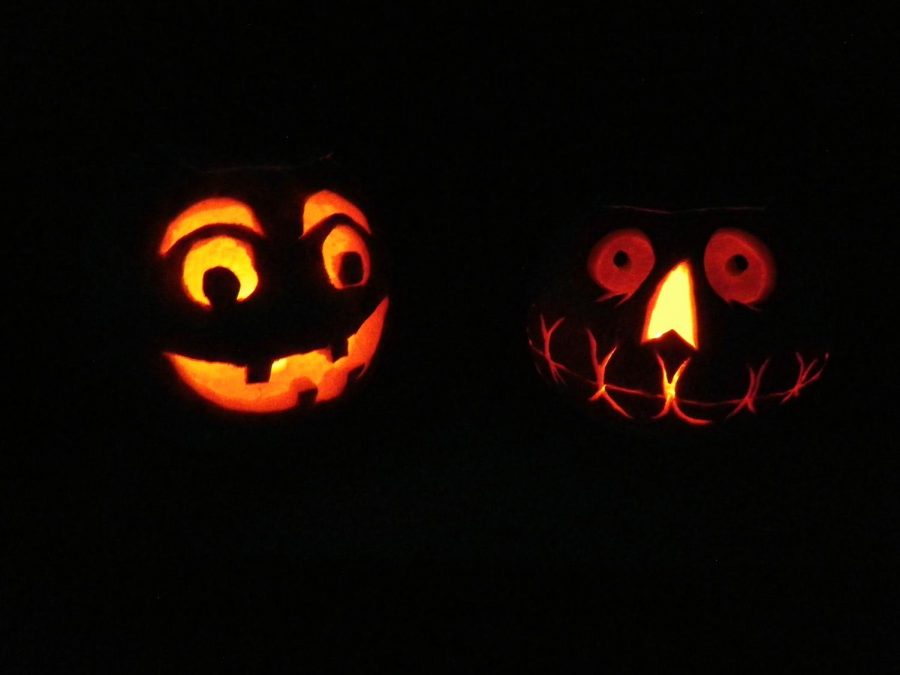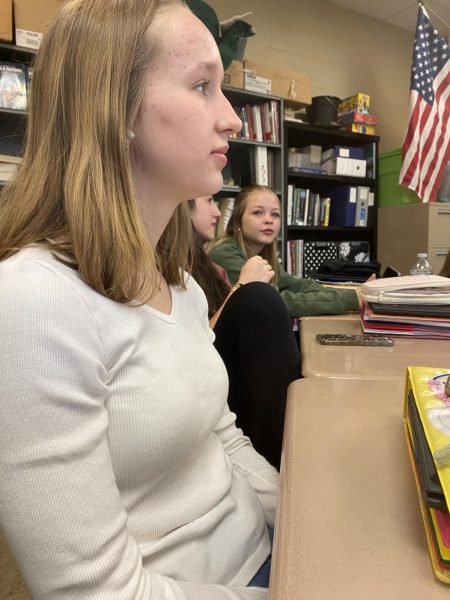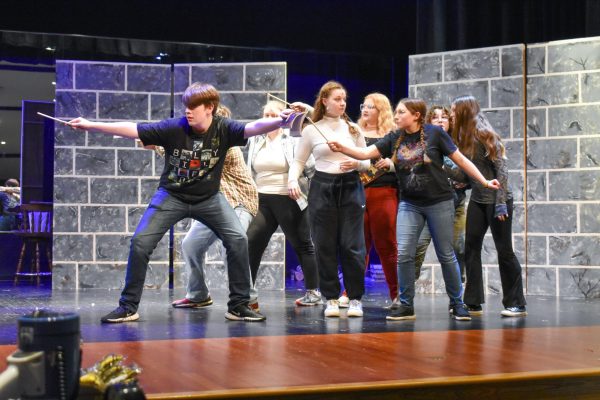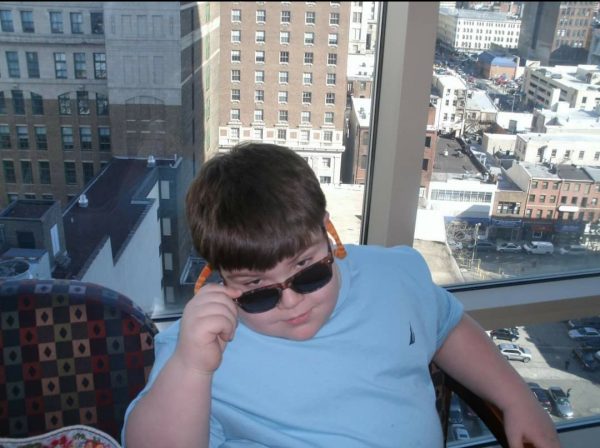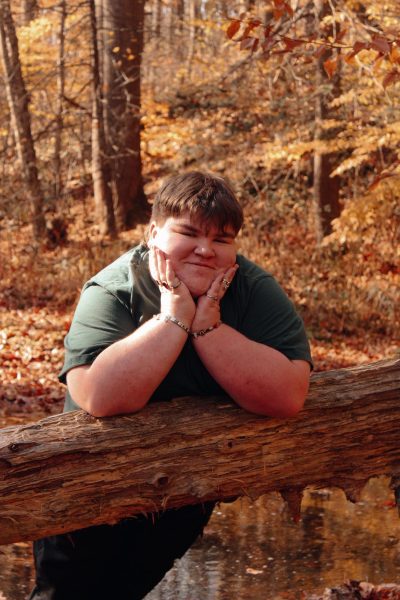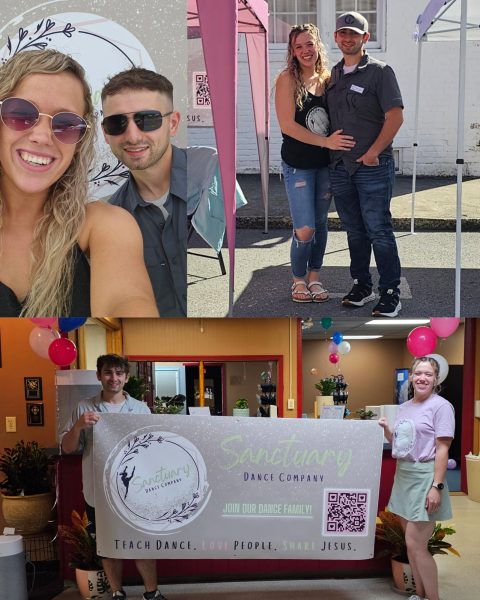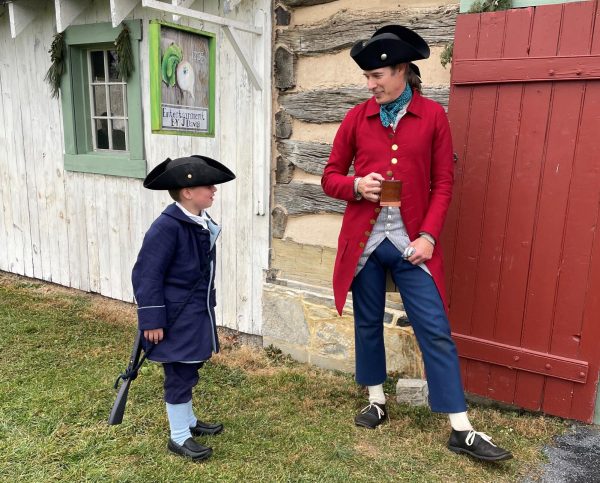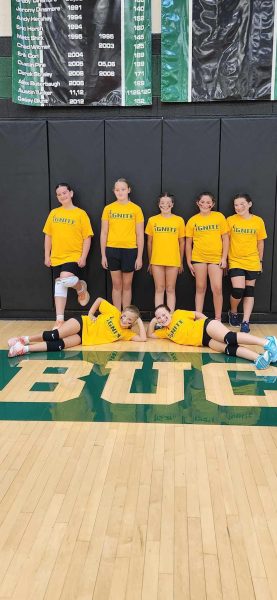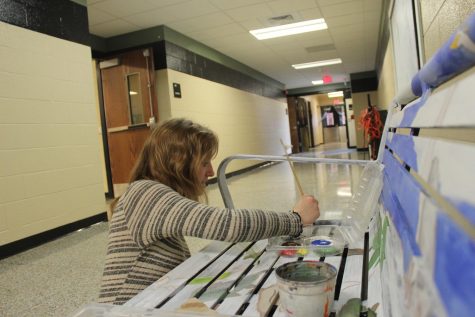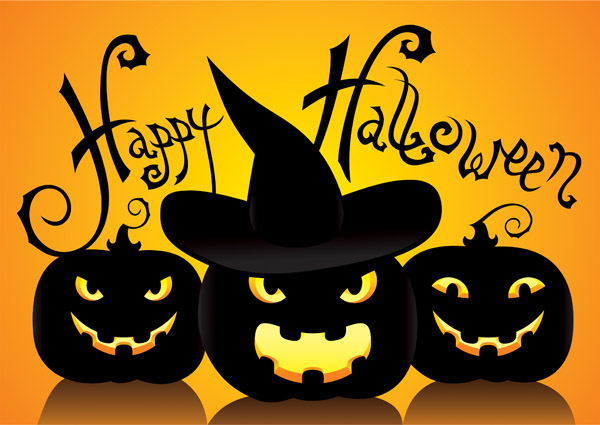Campfire History: The Soul of Halloween
From Samhuin to Halloween and Everything Inbetween
Halloween is a holiday like none other, it’s the one day out of the year where everyone dresses up, face their fears, and go bother all the neighbors into giving enough candy to last until the next Halloween. Many wonder where this destructively- delightful day came from.
The history of Halloween began over 2000 years ago from a ritual of the Celtic people, according to a History.com article entitled “History of Halloween.” Long ago, in what is now Ireland, the Celtic people believed that nature guided and allowed them to flourish. In turn, the Celts had many holidays devoted to thanking nature and celebrating its beauty. Although one holiday did not celebrate such things; that day was called Samhain (sah-win).
Samhain was celebrated on the evening of Oct. 31, their New Year’s Eve. The celebration focused on the ending of summer, it’s harvests, and preparing for the cold and dark winter ahead.
To the Celtics, winter was associated with death and during Samhain it was believed that the spirits, both good and bad, returned. They believed that if they did not ward off the evil spirits, their harvest would be destroyed by the ghosts.
In 43 AD the Roman Empire overtook the Celtic territories and adopted some of their beliefs, one of which was Samhain.

The Romans had a holiday like Samhain at the end of October, called Feralia. A day that honored the passing of the dead, and a day which honored Pomona, the goddess of fruit and trees. This is the believed beginning of apple bobbing since Pomona’s symbol was the apple.
During the 9th century, the Celtic and Christian beliefs began to diffuse as the Christians moved to Celtic territories. Come 1000 AD, the church created another holiday that was similar to All Saint’s Day called “All Souls’ Day” taking place on Nov. 2. All Souls’ Day practiced most of the same things as Samhain, but the costumes were of saints, angels, and devils instead of animals. All Saint’s Day also began to be called All-hallows or All-hallowmas “From Middle English Alholowmesse meaning All Saints’ Day,” according to History.com. So the name and practices of the day continued to change, traditionally Samhain to the Celts, now called All-hallows Eve, and eventually Halloween.
When the American colonies began Halloween, it was not commonly practiced in the northern states, due to the heavy Protestant system. The southern states were the first to partake in such celebrations called “Play Parties”. This consisted of different American Indian and colonial people -of all kinds beliefs and ethnicities- celebrating the harvest and telling ghost stories, foreseeing futures, singing, and dancing.
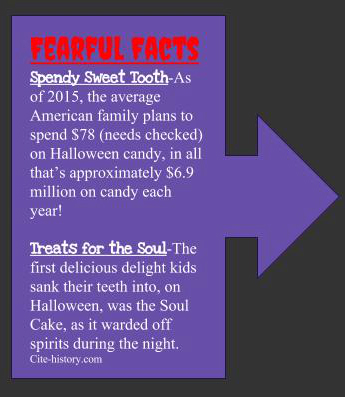
About 50 years later, thanks to the large amounts of immigration mainly from Ireland, Halloween hit America along with the idea of trick-or-treating, being called “going a-souling”. When “going a-souling,” kids dress up in ghoulish costumes (outfits with masks
and torn clothes that made them look like ragged and wandering spirits or monsters) so they weren’t recognized by creatures of the night. Then they would go to their neighbor’s houses to ask for soul cakes (small cakes made to commemorate the dead) and other goods.
As History.com stated, it wasn’t until the 1940s’ and 1950s’ that a new way to inexpensively practice Halloween needed to be adopted because of the baby-boom. Thus, the concept of going a-souling was revived under the new name of “Trick-or-Treating”.
Since then many films, songs and games have been made about Halloween, and the holiday is more endorsed than ever, with over $6 billion being spent on candy each year in the U.S. alone, according to History.com. This is a frightening amount, showing us just how far an idea from over 2000 years ago can go.



